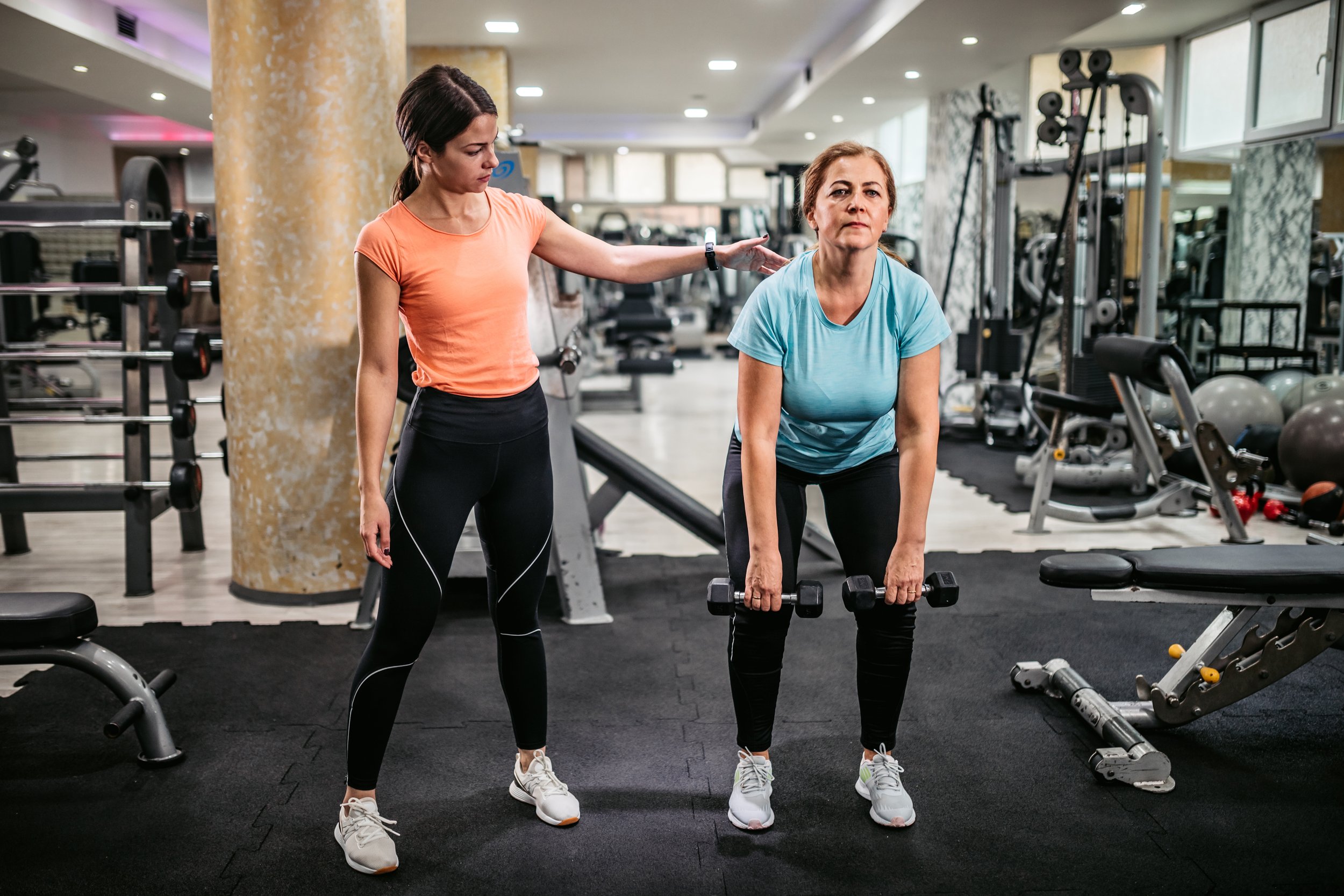From Spine Health to Strength Gains Why Deadlifting is Beneficial, not Dangerous
Few exercises inspire as much debate as the deadlift. It’s often labeled “dangerous,” a movement maligned by some surgeons and coaches as though touching a barbell is an invitation to back pain. Yet, when you step back and look at the movement for what it is—a hinge lifting an object from the ground—the picture changes.
The deadlift isn’t inherently risky. It is just like medicine- capable of great benefit when dosed correctly and harm if taken irresponsibly.
The human body was built to hinge at the hips. We’ve been lifting, carrying, and setting things down since long before fitness ever became an industry. The deadlift, by design, mirrors how we naturally pick something up—a grocery bag, a child, or a heavy suitcase. What sets the barbell deadlift apart is that it lets us train this movement under controlled conditions, with progressive, measurable resistance. In doing so, it strengthens not just the muscles of the hips and legs, but also the spine, core, and grip—everything that supports healthy movement in daily life.
The misconceptions arise when people treat the deadlift as a one‑size‑fits‑all prescription or chase heavy numbers before becoming proficient in the movement.
In medicine, dosage matters. The right amount can heal; too much, too soon can hurt. The same principle applies here. Load, volume, frequency, and technique all need to match the lifter’s capability and training age. A good coach or therapist acts like a pharmacist—adjusting the “dose” to elicit adaptation without injury. Problems occur not because the movement is dangerous, but because these variables are misapplied when using it.
When dosed appropriately, deadlifts offer benefits that extend well beyond the gym.
Research consistently shows they can improve bone density, combat sarcopenia (muscle loss), enhance athletic performance, and restore strength after injury.
For older adults, safely pulling a moderate weight off the ground can translate to easier daily living and confidence in movement. For athletes, it builds the foundation for sprinting, jumping, and explosive power. Even for those recovering from back pain, variations of the deadlift—trap bar, Romanian, or kettlebell—are often beneficial to rebuild stability and tolerance under load.
Safety doesn’t come from avoiding movement; it comes from mastering it.
The spine doesn’t need protection from bending—it needs resilience built through controlled exposure, just like a muscle grows stronger after stress. The deadlift, when respected and programmed intelligently, does precisely that.
The truth is, the danger isn’t in the exercise itself, it’s in misunderstanding how to apply it to an individual. In the hands of a skilled coach or therapist, the deadlift becomes one of the most valuable tools for restoring and maintaining human strength—the kind that carries over to every part of life

